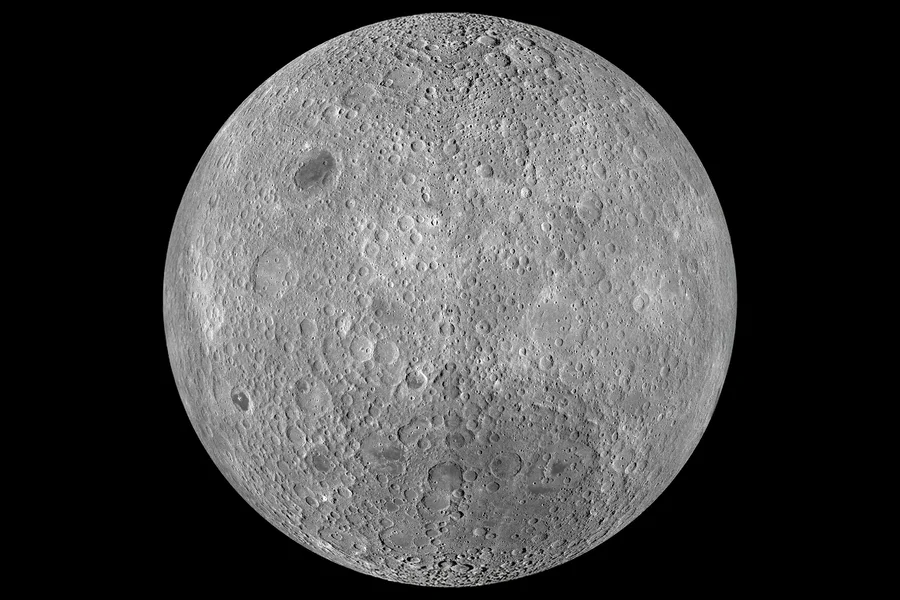
Moon’s Magnetic Mystery Solved: Ancient Asteroid Impacts to Blame?
For decades, scientists have been puzzled by the magnetized rocks found on the Moon, especially on its far side. While the Moon itself lacks a significant magnetic field today, these rocks tell a different story. Now, a groundbreaking study from MIT offers a compelling explanation: ancient asteroid impacts.
The key? A combination of a weak, ancient lunar magnetic field and the powerful plasma generated by massive asteroid strikes. This revelation, published in Science Advances, not only solves a long-standing mystery but also provides potential insights into the magnetism of other celestial bodies.
Why is the Moon's Magnetism Such a Big Deal?
The conventional understanding of planetary magnetism points to a dynamo mechanism, where the movement of molten material within a planet's core generates a magnetic field. However, the Moon's smaller, cooler core makes a strong, sustained magnetic field unlikely. The discovery of magnetized rocks, particularly on the far side, presented a significant challenge to this model.
Initial theories considered external magnetic fields, like the Sun's, amplified during impacts. However, simulations in 2020 showed that the solar field was too weak. The MIT team proposed a new hypothesis: the Moon once possessed a weak, internally generated magnetic field. They theorized that a colossal asteroid impact, such as the one that formed the Imbrium basin, could have briefly amplified this weak field.
Simulations Reveal the Impact Story
Using advanced simulations, the researchers demonstrated that a large asteroid impact could vaporize surface material, creating a plasma cloud that enveloped the Moon. This plasma would then stream around the Moon, concentrating on the far side, where the strongest magnetized rocks are found.
"There are large parts of lunar magnetism that are still unexplained," says lead author Isaac Narrett, a graduate student in the MIT Department of Earth, Atmospheric and Planetary Sciences (EAPS). "But the majority of the strong magnetic fields that are measured by orbiting spacecraft can be explained by this process — especially on the far side of the moon."
This plasma cloud would compress the Moon's weak magnetic field, temporarily boosting its strength for approximately 40 minutes. But how did the rocks retain this magnetic signature for billions of years?
The researchers suggest that the impact also triggered powerful seismic waves that rippled through the Moon. These waves would have caused the electrons within the rocks to align with the temporary magnetic field. As the field faded, the aligned electrons remained locked in place, creating a lasting magnetic memory.
Implications Beyond the Moon
This study has implications far beyond lunar science. It suggests that even planets or moons without strong internal magnetic fields can develop magnetized regions through massive impacts combined with weak dynamos. This mechanism could potentially explain the patchy magnetic fields observed on planets like Mars and Mercury.
As co-author Benjamin Weiss puts it, "It’s as if you throw a 52-card deck in the air, in a magnetic field, and each card has a compass needle. When the cards settle back to the ground, they do so in a new orientation. That’s essentially the magnetization process.”
Furthermore, upcoming missions like NASA’s Artemis program could potentially retrieve rock samples from the Moon's far side, providing direct evidence to confirm these findings. These missions could bring closure to this long-standing mystery and provide crucial insights into the violent history of celestial bodies.
The Future of Lunar Exploration
This research underscores the importance of lunar exploration and the continued pursuit of answers to fundamental scientific questions. As we continue to explore the Moon, what other secrets will be unearthed?
What are your thoughts on this groundbreaking discovery? Share your comments and theories below!